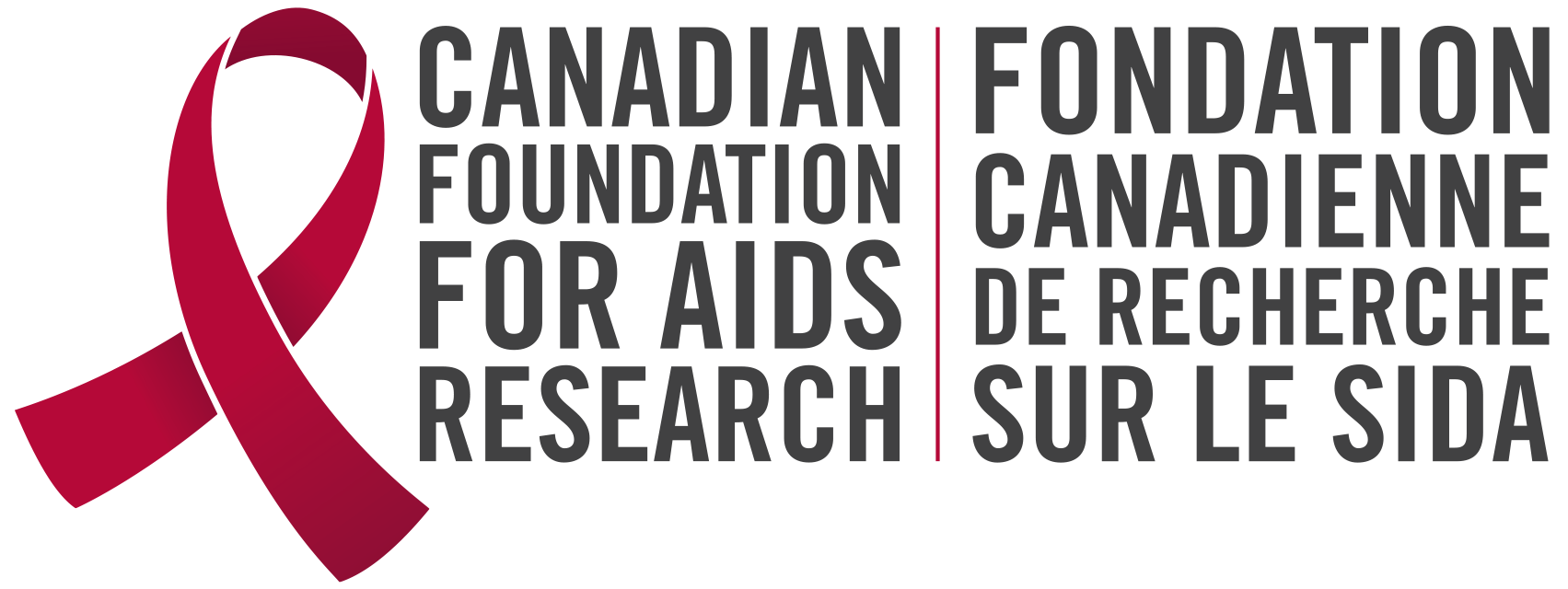CANFAR is committed to raising awareness and fighting stigma associated with HIV and AIDS.
Stigma and misinformation have continuously challenged the HIV and AIDS community since the very first cases in North America reported in the early 1980s. Despite incredible advances in HIV prevention, treatment, and care, those misconceptions remain deeply embedded in our collective psyche.
More than one quarter of all new positive diagnoses in Canada are among youth. Many of these could have been prevented with more knowledge about HIV prevention and testing. CANFAR remains committed to fighting stigma toward those living with HIV.
Because of misinformation, there are some common questions that are still asked today, and addressing them is a simple way to increase awareness and broaden understanding of HIV and AIDS. Here are some of those questions with up-to-date answers.
Is HIV a death sentence?
HIV/AIDS is the deadliest pandemic in recent history: more than 35 million people have died from AIDS-related illnesses – twice as many people as that killed during the first World War. Advances in treatment has significantly transformed the lives of people living with HIV.
CANFAR-funded researchers were part of the team that contributed to advances in HIV treatment that enables people living with HIV to live longer and healthier lives. Today, a person who takes daily treatment medication, known as antiretroviral therapy (or ART), has a very low risk of developing AIDS and can live a long and fulfilling life. In fact, people diagnosed with HIV can expect to live into their 70s if they remain on treatment.
Is using condoms the only way to prevent HIV?
Condoms are very effective at preventing HIV infection, as well as other sexually transmitted infections.
However, there are more options than condoms to prevent HIV. People who have an elevated risk for contracting HIV have the option of taking a new drug called PrEP (Pre-Exposure Prophylaxis) that prevents contracting HIV when taken daily. These individuals may have a partner who is HIV positive, are injection drug users, or have unprotected sex with people without knowing their partner’s HIV status. PrEP in combination with condom use is an effective means of preventing HIV infection.
Treatment that keeps people living with HIV alive and healthy also reduces the risk of transmitting the virus by 96%. They work by suppressing the virus in an HIV-positive person to levels that cannot be transmitted to another person.
CANFAR is currently funding research that is exploring methods for making PrEP more accessible in Canada.
Can you have a healthy baby if you are HIV positive?
The transmission of HIV from a HIV-positive mother to her child during pregnancy, labour, delivery, or breastfeeding is called mother-to-child transmission. In the absence of any medication, transmission rates range from 15% to 45%. However, mother-to-child transmission can be virtually eliminated with proper treatment for both mother and child. Thanks to medication, the number of children born with the virus worldwide has been cut by 60% since 2000.
CANFAR is currently funding research evaluating drugs that prevent lactation in mothers living with HIV, thereby eliminating another risk of transmission between mother and child.
